Minimize your footprint while growing your seeds with these sustainable gardening products.
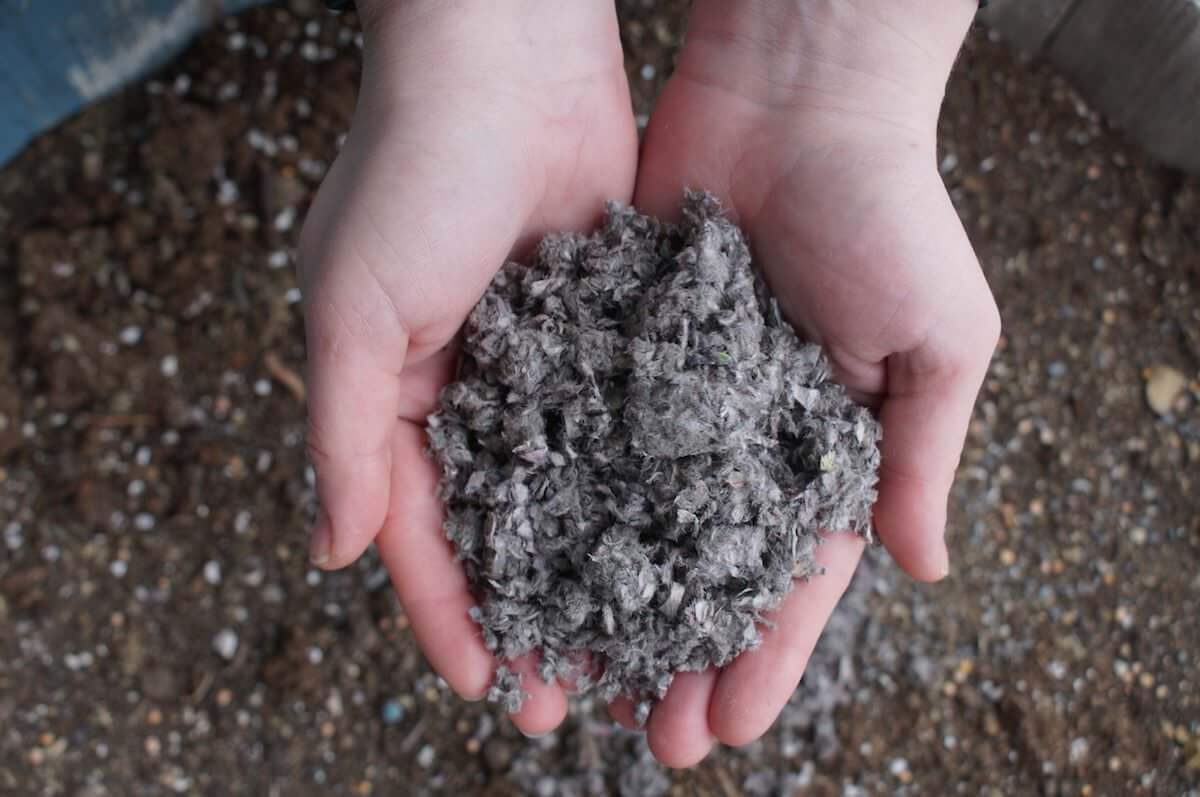
Before we begin, it’s worth mentioning that quality, organically produced, heirloom seeds from places like Seed Savers Exchange and the Hudson Valley Seed Company should be your starting point – you can’t expect to start with a bad product and get a good result. Once you’ve secured those, let’s get planting!
[mf_h2 align=”left” transform=”uppercase”]Seed Trays and Pots[/mf_h2]
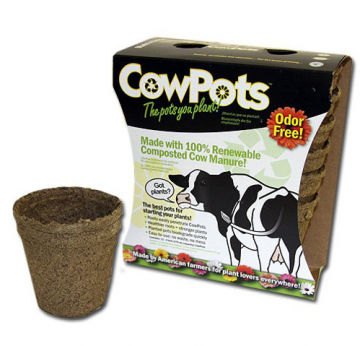
Cowpots, plantable pots made from manure.
Plastic seed trays and pots have been the standard for decades, but plastic is slow to break down, adds to landfills and can leach toxins into the ground. Some more sustainable solutions include Cowpots and Fertilpots. Both plantable, Cowpots are made from cow manure and natural fibers, while Fetilpots are made from wood fiber. They come in a variety of sizes, including trays. Once the seedling is ready to be transplanted, the pot can go straight into the ground – the plants can grow through the material – helping to get the seedling through the often traumatizing effects from moving out of its starter container. An added benefit of Cowpots: as the pot degrades, the manure provides nutrients for the soil.
[mf_h2 align=”left” transform=”uppercase”]Potting Soil Mixes[/mf_h2]
Sphagnum peat moss – the main ingredient in most potting soil mixes – has environmental issues since it comes from peat bogs – wet deposits of partially decayed plants – that hold nearly one-third of the world’s terrestrial carbon stores, and their harvesting can release this greenhouse gas into the atmosphere. Commercial peat moss harvesters, especially those in Canada, argue that their product is sustainable if well managed. Either way, many gardeners are moving away from peat moss and there are several products that can replace it.
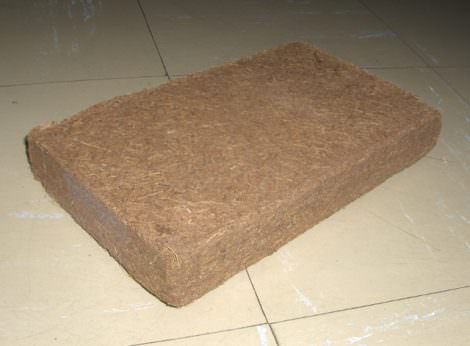
A block of coir. Wikimedia Commons.
One option is Coir – pronounced “kwaher” – the fiber from the coconut husks. It’s a renewable resource, drains well and requires less water than other potting soil materials. Many indoor farms are using coir, but it’s use isn’t limited to large-scale businesses. There several products on the market for the home gardener that use coir as the basis for their potting mixes, including Eco-Co’s Coir seed starting mix, or you can make your own.
PittMoss, a product made from recycled paper, is another peat moss-free option. Featured on the ABC TV show Shark Tank in April 2015, this is its first year on the market for non-commercial growers. According to the company, their product allows for more air, more water, and more nutrients to be absorbed to your plants, encouraging higher yields and strong performance under stressful conditions.
Rice hulls, the hard outer layer of rice, has been used by some commercial indoor growers since the ’70s. Rice hulls are a renewable resource, drain well, and can be mixed with compost for a great seed-starting mix.
[mf_h2 align=”left” transform=”uppercase”]Planters[/mf_h2]
Once you have some healthy little seedlings, it’s time to transfer them into a planter and there are some decisions to make. One option is EcoForms: sustainably-produced planters made out of rice hulls and other grain byproducts and natural binders. Ceramic planters look great but can be pricey and EcoForms’ pots, while a bit more expensive than plastic planters, cost less than ceramic ones and come in a variety of colors, shapes, and sizes. They’ll last about five years outdoors and can then be composted.
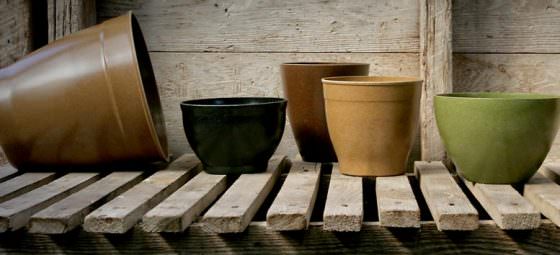
EcoForms planters.
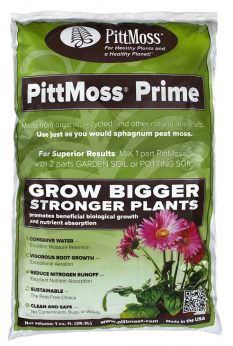
Would like to join the modern farmer.Its a push to farming.